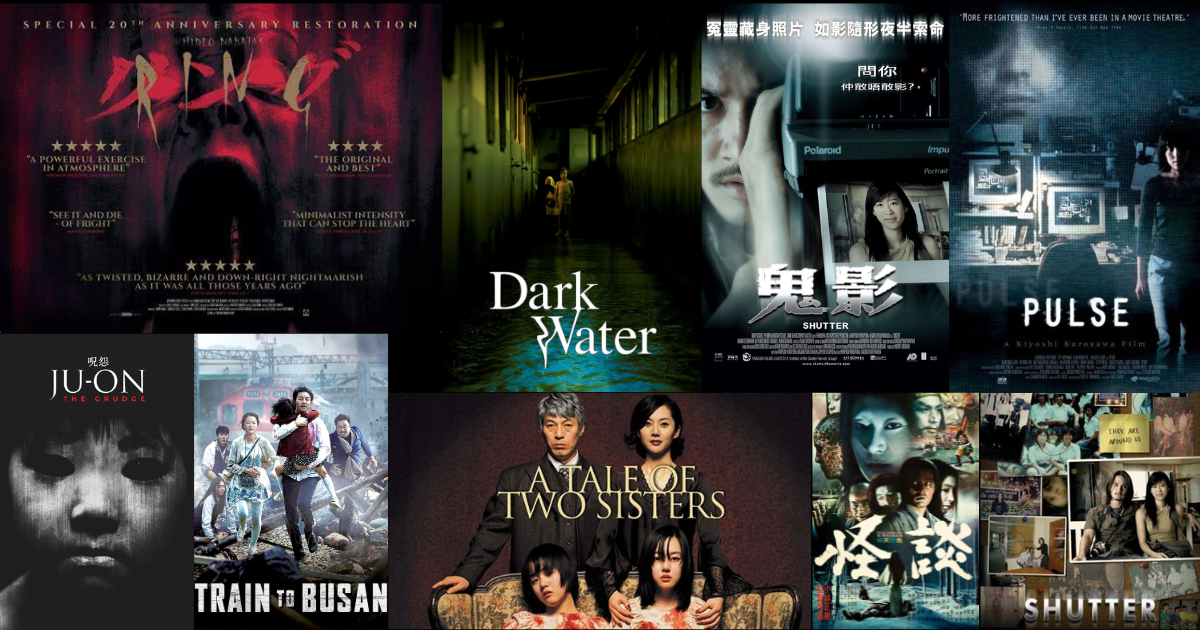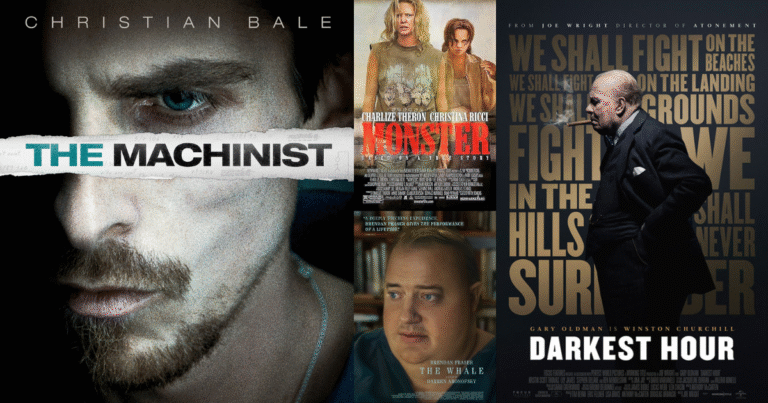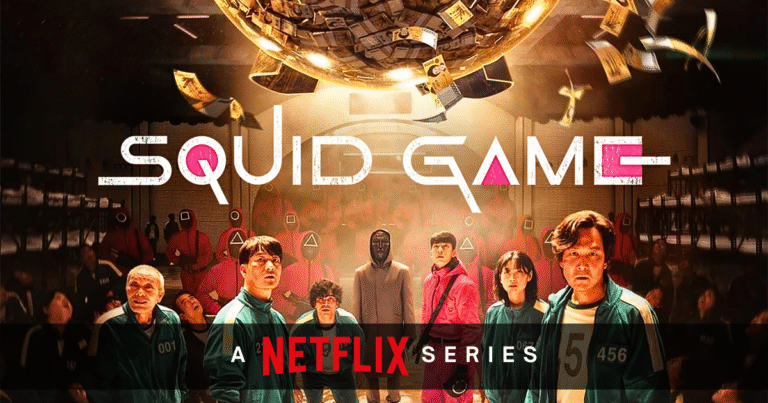East Asian horror films have a unique way of creeping under your skin. Unlike many Western horror movies that rely on loud sounds or gory visuals, horror from countries like Japan, South Korea, and Thailand often plays with atmosphere, silence, and deeply rooted fears. These films don’t just scare you, they stay with you long after the credits roll.
Over the past few decades, East Asian horror has influenced filmmakers across the world. Hollywood has remade several of these classics, but the originals still hold their own. They offer more than just jump scares, they explore grief, guilt, trauma, and sometimes even social issues, all wrapped in eerie storytelling and unforgettable visuals.
Let’s explore 10 East Asian horror films that redefined the genre globally.
1. Ringu (1998) – Japan
Directed by Hideo Nakata, Ringu introduced the world to Sadako, the ghost girl who crawls out of a well, and later out of your TV screen. The cursed videotape and its seven-day deadline became iconic. This film started a new wave of psychological horror that focuses on mood and dread rather than blood.
2. Ju-On: The Grudge (2002) – Japan
Takashi Shimizu’s film explores a curse that attaches itself to anyone who enters a haunted house. With its non-linear storytelling and bone-chilling atmosphere, Ju-On became a cult hit and led to a successful Hollywood remake. Kayako’s crawl down the stairs and that infamous croaking sound still haunt viewers today.
3. A Tale of Two Sisters (2003) – South Korea
This slow-burning psychological horror by Kim Jee-woon is both beautiful and disturbing. It tells the story of two sisters who return home from a mental institution and face a dark family secret. The film mixes psychological trauma with supernatural elements and delivers a twist that hits hard.
4. Pulse (Kairo) (2001) – Japan
Kiyoshi Kurosawa’s Pulse is a bleak, haunting take on loneliness in the digital age. When ghosts begin invading the world through the internet, society slowly crumbles. It’s less about ghosts and more about the emptiness of modern life, making it a horror movie that feels eerily relevant even today.
5. Shutter (2004) – Thailand
This Thai horror film uses photography in clever ways. After a hit-and-run accident, a young couple begins to notice ghostly figures in their photos. Shutter delivers a mix of scares, mystery, and emotional weight. The ending is unforgettable, and heartbreaking.
6. The Wailing (2016) – South Korea
Na Hong-jin’s The Wailing is a genre-bending masterpiece. It starts as a mystery thriller and slowly moves into full-blown horror, mixing folklore, possession, and paranoia. Set in a quiet village, the film explores how fear can tear a community apart. It’s long, but every minute is worth it.
7. Noroi: The Curse (2005) – Japan
This found-footage film by Kōji Shiraishi is one of the most underrated gems in the genre. Noroi follows a paranormal journalist investigating a series of strange events. It builds its horror slowly, using realism and subtle clues. The result is a deep sense of unease that lingers.
8. Dark Water (2002) – Japan
Also directed by Hideo Nakata, Dark Water tells the story of a mother and daughter who move into a rundown apartment where strange things begin to happen. The film uses water as a symbol of both trauma and neglect. It’s a quiet horror story, but emotionally heavy and full of tension.
9. Train to Busan (2016) – South Korea
Though technically a zombie thriller, Train to Busan brought new energy to the subgenre. Directed by Yeon Sang-ho, this film combines action, emotion, and social commentary. The confined space of a speeding train adds intensity, and the human drama is just as gripping as the zombie threat.
10. Kwaidan (1964) – Japan
We end with a classic. Kwaidan is an anthology film featuring four ghost stories based on Japanese folklore. Each segment is shot with rich visuals and poetic pacing. Even though it’s decades old, its influence can still be seen in modern horror filmmaking.
Why East Asian Horror Stands Out
So what makes East Asian horror different?
For one, it often avoids giving easy answers. Ghosts are not always defeated. Evil isn’t always explained. This approach feels more grounded in real fears, loss, shame, regret, things that don’t just disappear with a final showdown.
The horror also taps into cultural beliefs. In many East Asian countries, the dead are believed to remain close to the living, especially when they have unfinished business. This makes ghost stories more personal, more emotional.
And perhaps most importantly, these films take their time. They build tension slowly, letting dread grow naturally. It’s not about quick frights, it’s about long-lasting discomfort.
Global Impact
Hollywood couldn’t ignore the success of East Asian horror. Many films on this list were remade, The Ring, The Grudge, Dark Water, Shutter, but the remakes rarely captured the depth and originality of the originals.
More than just influencing remakes, these films opened doors. They showed the global audience that horror can be smart, subtle, and deeply moving. They inspired a new generation of filmmakers to think beyond loud noises and blood.
Today, horror fans everywhere seek out original East Asian films for their rich stories and creative scares.
Final Thoughts
East Asian horror is not just about getting scared. It’s about understanding fear in different forms, emotional, cultural, and psychological. These films stay with you not because of what they show, but how they make you feel.
If you’re tired of the same old horror tropes, give these movies a try. Watch them in the dark. Watch them with an open mind. And maybe, just maybe, don’t watch Ringu alone.












